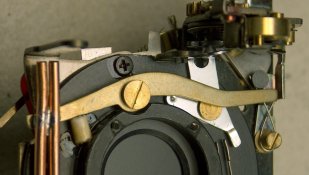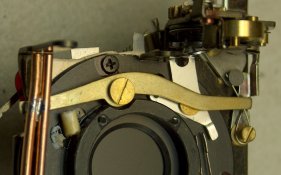Gone!
Last edited by a moderator:
One problem with HF cameras is that more than one was an auto-only type with a selenium meter.
 -
-
It is very hard to believe truth in the above. 18x24mm frame enlarged to 16"x21" print requires 22.6x enlargement factor; 24x36mm frame requires 16.9x enlargement for 16"x24" final print size...1.34x greater magnification. Most folks agree that 16"x20" (16X) was the practical quality limit to prints from 135 format due to magnitude of grain size on that print, at 16.9x , so why on earth would anyone believe that even greater magnification be indistinguishable in comparing half-frame to full 135?!
Here is a thread about preferences of 135 vs. 6x7 film prints, and that does make a difference at 16X http://theonlinephotographer.typepa...t-size-vs-print-size-in-film-and-digital.html

It would certainly have been odd for Olympus to produce half frame cameras for nearly 25 years, without responding to all those "experts" that were absolutely certain the quality of half frame couldn't compare to full frame.
http://www.skipwilliams.com/olympus/pen-lit/pen-ft-ography-p&b.pdf

Just think...SIX Christmases on one roll!

Looking up what BrianL was talking about, I discovered a 24x24 35mm format. Are these still around? That sounds really interesting.
12 exposure rolls came about much later, unless they were available much earlier. When I started in 1979 or so they were 20 or 36 (I wish E6 films still were - my slide pages hold 20, and I have some Elitechrome 24 exposure I bought online, which means wasting 16 of 20 spaces in a slide page.) 12 and 24 both came about much later. But there might have been 12 back in the 60s or earlier; I don't know about that.
Quarter frame is massive compared to MinoxI look forward to your results, Ian.
You should get a Minox and go to town.Quarter frame, or whatever they are...


Quarter frame is massive compared to Minox
Getting back to the OP. Too bad half-frame died, but quarter frame is alive and well
| Photrio.com contains affiliate links to products. We may receive a commission for purchases made through these links. To read our full affiliate disclosure statement please click Here. |
PHOTRIO PARTNERS EQUALLY FUNDING OUR COMMUNITY:  |